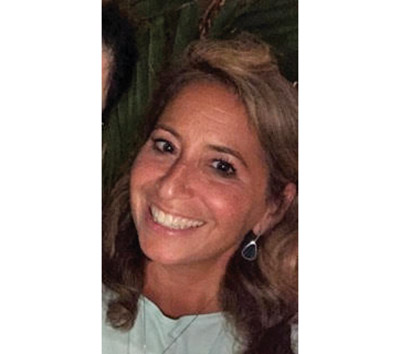
There is a glaring contradiction in our Friday night beit knesset practices. On the one hand, at Arvit, we continue to say the “Bracha Achat Me’en Sheva” (the abridged version of the Amida recited by the Chazan after the completion of Shemoneh Esrei) even though its reason no longer applies. But, on the other hand, most batei knesset do not recite kiddush, after Arvit on Friday night, since its purpose no longer applies.
Bracha Achat Me’en Sheva
Shabbat 24b (with Rashi s.v. Mishum Sakana) teaches that Chazal instituted the “Bracha Achat Me’en Sheva,” as a stalling tactic. It was to ensure that those who arrived late to the beit knesset and finished their tefillah later on than everyone else did not walk home alone. Rashi explains that in the time of the Gemara, the batei knesset were located outside the city, so it was dangerous to walk home alone.
The Tur (Orach Chaim 268) writes that although the reason for the “Bracha Achat Me’en Sheva” no longer applies, we continue to recite it, since we maintain “Minhag Avoteinu — our ancestors’ practice.” The Shulchan Aruch codifies the obligation to recite the “Bracha Achat Me’en Sheva,” and this remains an unchallenged and universally accepted practice amongst all Jewish communities.
Kiddush in the Beit Knesset
The story regarding the recital of kiddush in the beit knesset dramatically differs. Pesachim 101a records the practice of reciting kiddush in the beit knesset for the guests who ate and slept in the beit knesset. Tosafot, (Pesachim 100b s.v. Yedei Kiddush), however, writes that one should not recite kiddush in a beit knesset that does not host guests. While some Rishonim disagree, the Shulchan Aruch (Orach Chaim 269:1) prefers following Tosafot’s view. He also notes that the Jews of Eretz Yisrael follow Tosafot. Most Sephardic and Ashkenazic batei knesset today do not recite kiddush in the synagogue, following the Shulchan Aruch’s recommendation.
United We Stand, Divided We Fall
Accordingly, we are left to wonder why the “Bracha Achat Me’en Sheva” persists and kiddush in the beit knesset — for the most part — has not. I believe the answer emerges from our Jewish history. Haman (Esther 3:8, as explained in Megilla 13b) noted that we are vulnerable due to our being scattered.
The Netziv (Ha’Amek Davar to Shemot 1:7) explains that we made the same mistake in Mitzrayim. This pasuk states that “Vatimaleh HaAretz Otam — the land (of Egypt) was filled with Jews.” The Netziv notes that we forsook Yosef’s wise counsel to remain together in Eretz Goshen (Bereishit 46:34). Our scattering throughout Mitzrayim exposed us to Egyptian persecution, which sadly then ensued.
The same happened in the days of Bayit Rishon. We tragically divided into the northern and southern kingdoms, which fell to the Assyrian and Babylonian empires. Had we remained as a cohesive unit, we likely would not have fallen. Similarly, in the times of Bayit Sheni, sinat chinam (unnecessary hatred) caused us to fall, as taught in Yoma 9b and Gittin 55b and 56a.
By contrast, our greatest moments occur when we are united. We stood at Har Sinai, in Rashi’s (Shemot 19:2) famous words, “K’ish echad bl’ev echad — as one united people.” The turning point of Megillat Esther was when we followed Esther’s instructions to unify in tefillah:: “Lech kenos et kol hayehudim,” (Esther 4:16-17).
Conclusion
Although the technical reason for Chazal enacting the “Bracha Achat Me’en Sheva” might be irrelevant, the spirit of the halacha remains. Chazal intended this takana (enactment) to teach us the importance of the Jewish people sticking together. Although the danger of praying in the field is no longer a concern, the hatred of our people persists, and the need for us to remain together is as relevant as ever. What a poignant and most relevant message, especially this week as we begin the bein hametzarim/Three Weeks period.
Rabbi Haim Jachter is the spiritual leader of Congregation Shaarei Orah, the Sephardic Congregation of Teaneck. He also serves as a rebbe at Torah Academy of Bergen County and a dayan on the Beth Din of Elizabeth.










